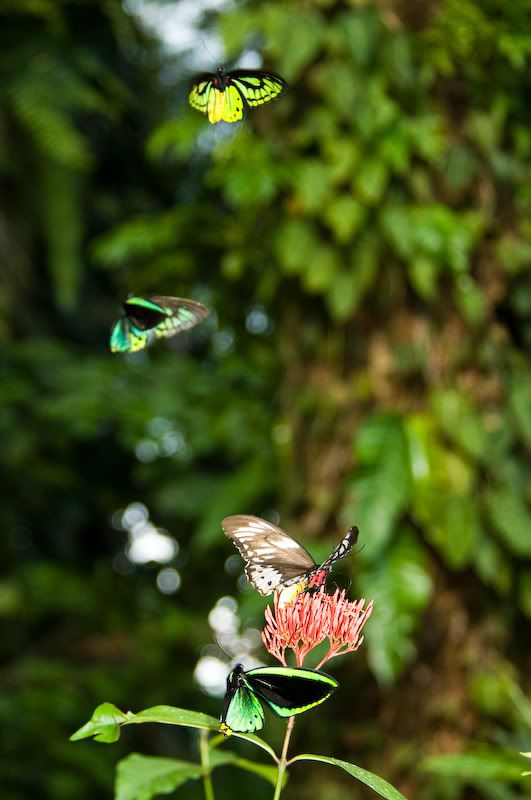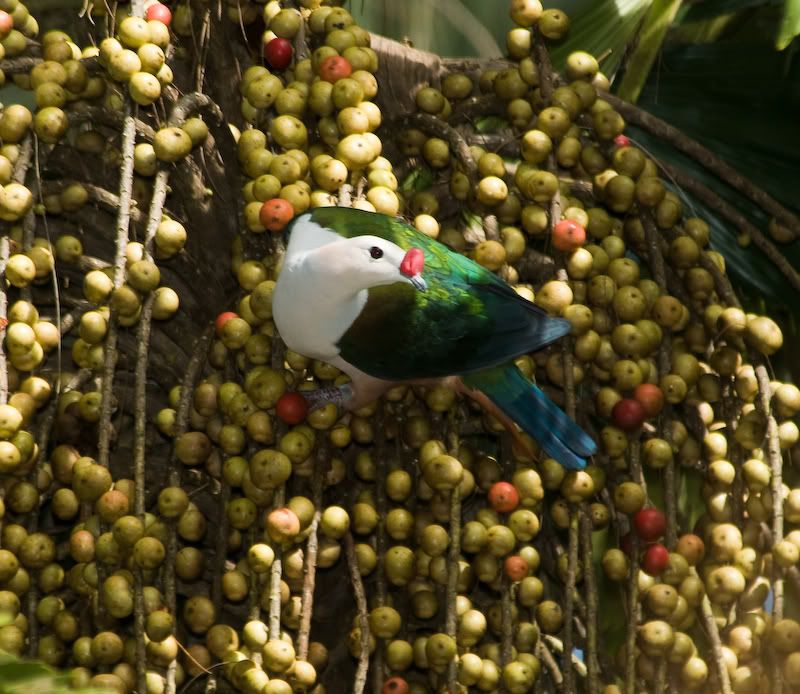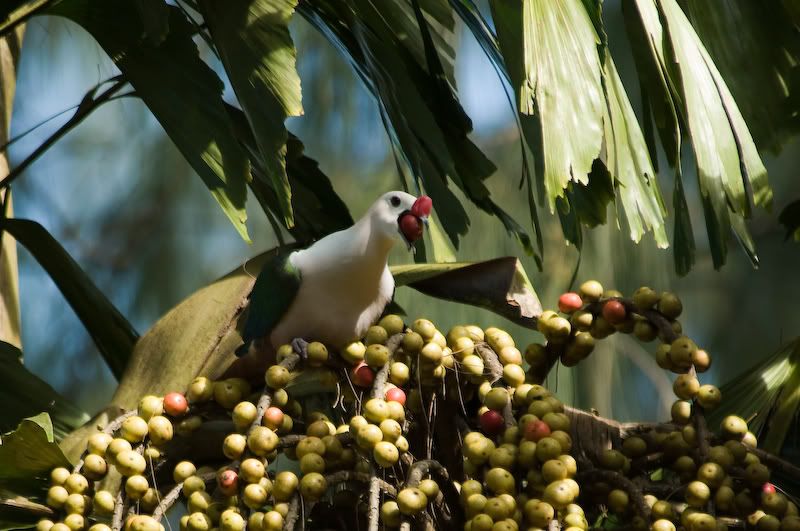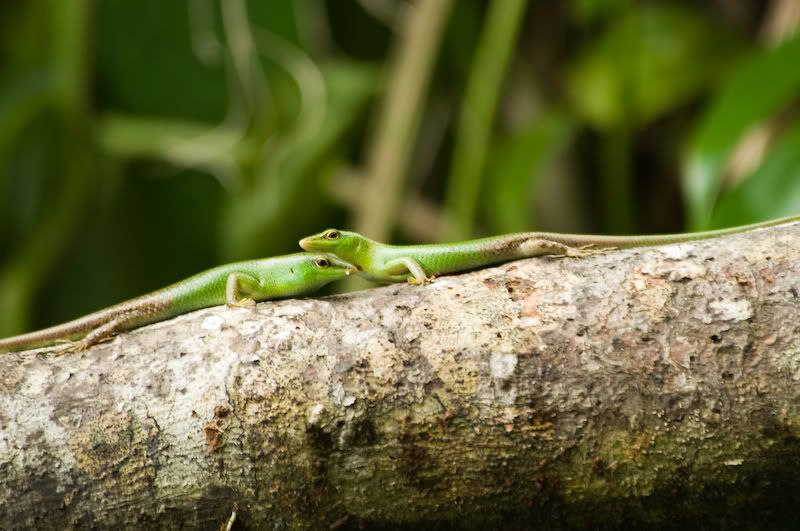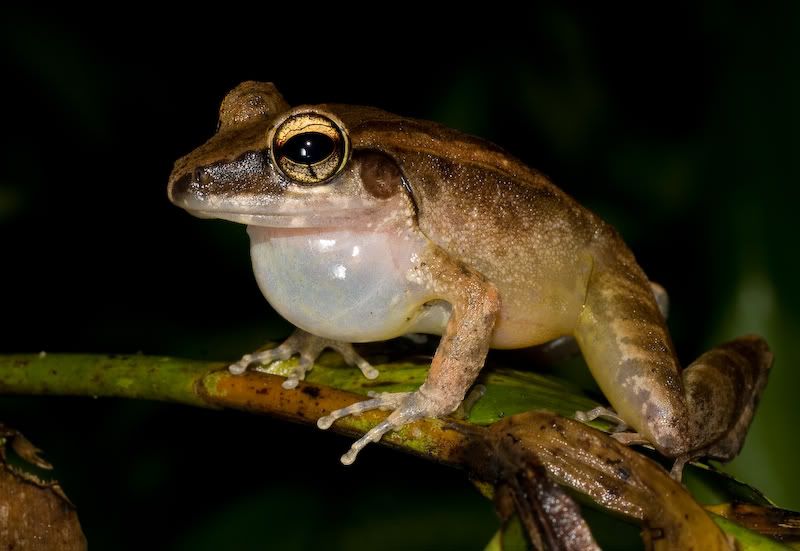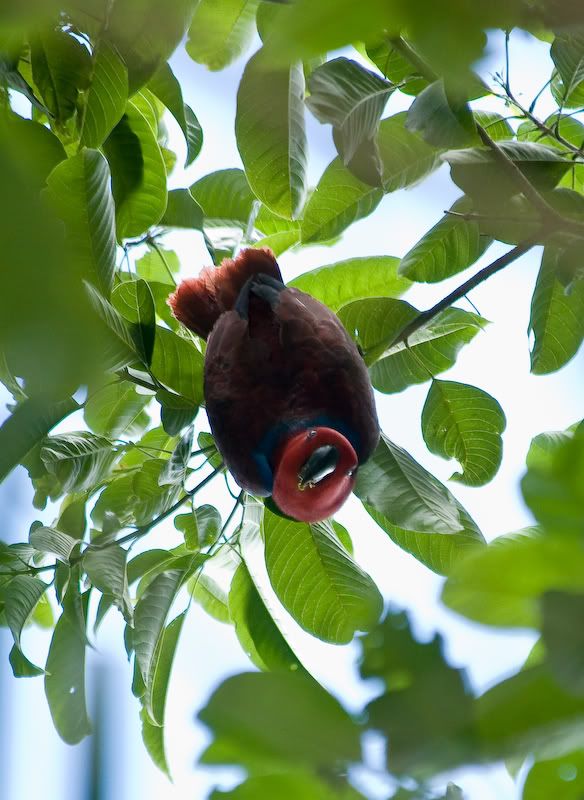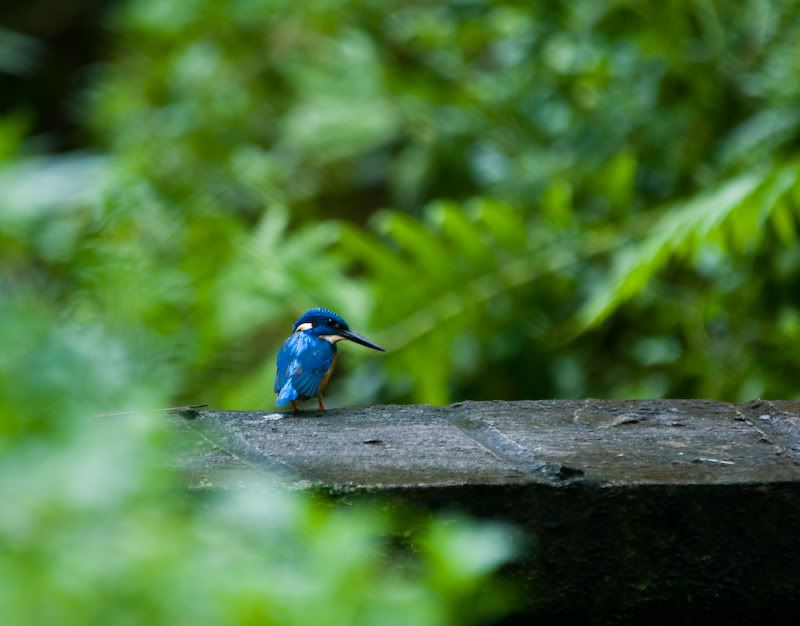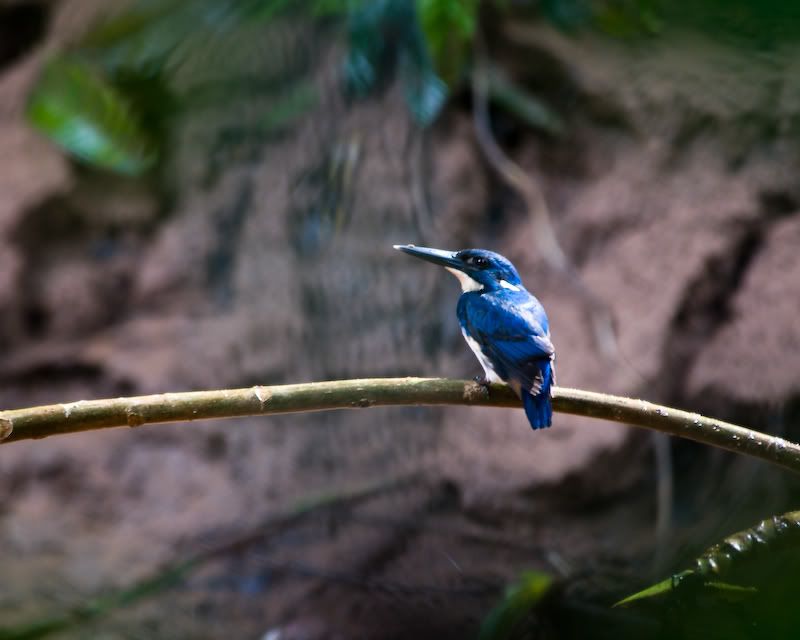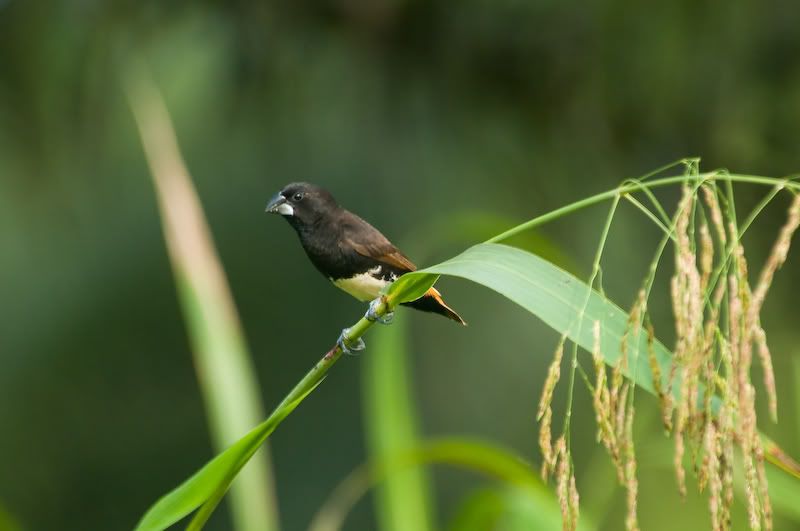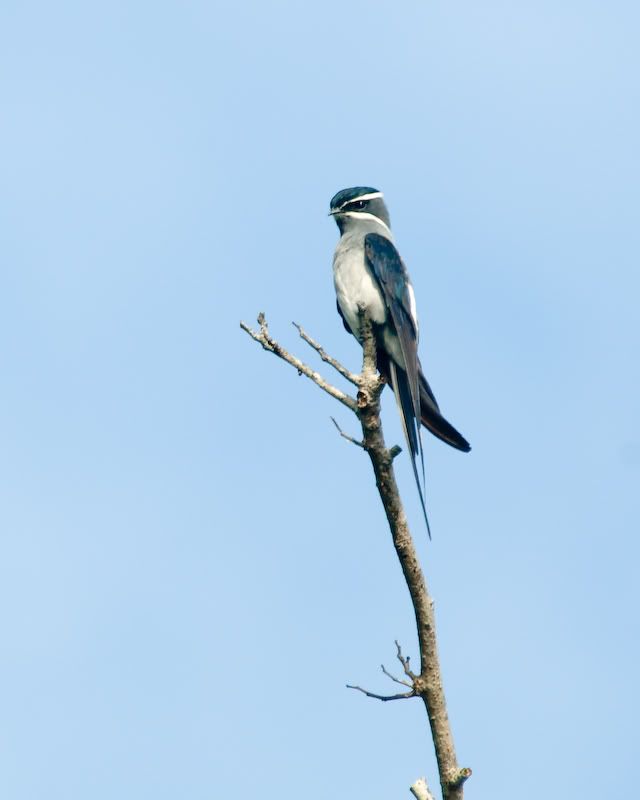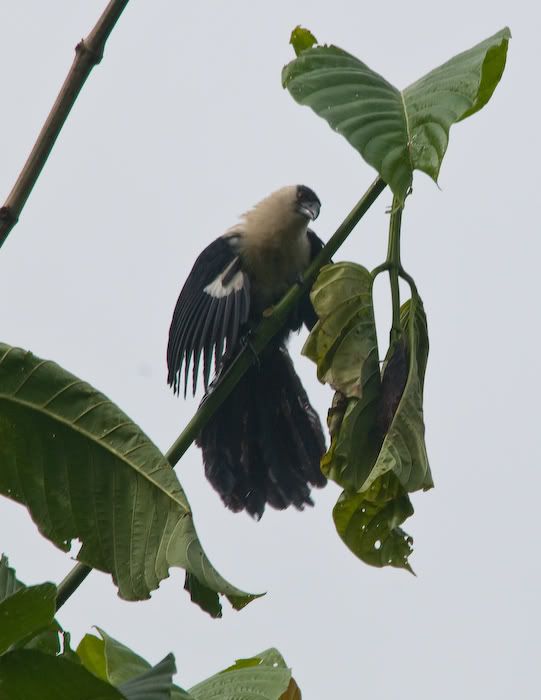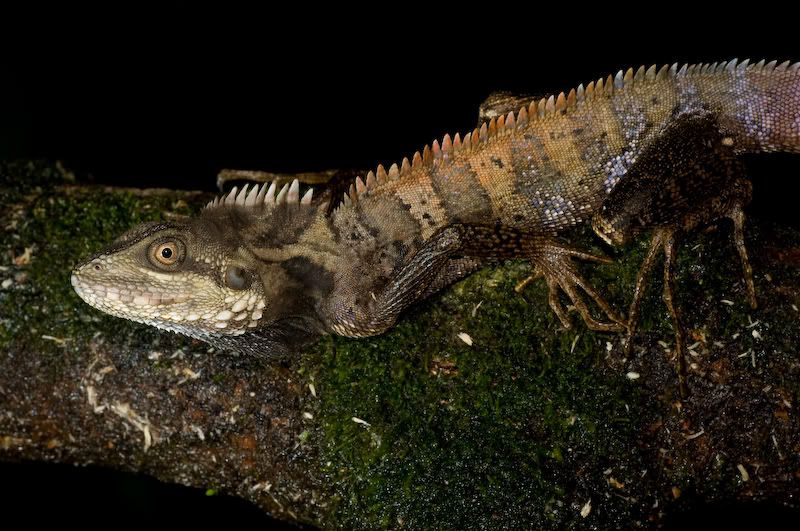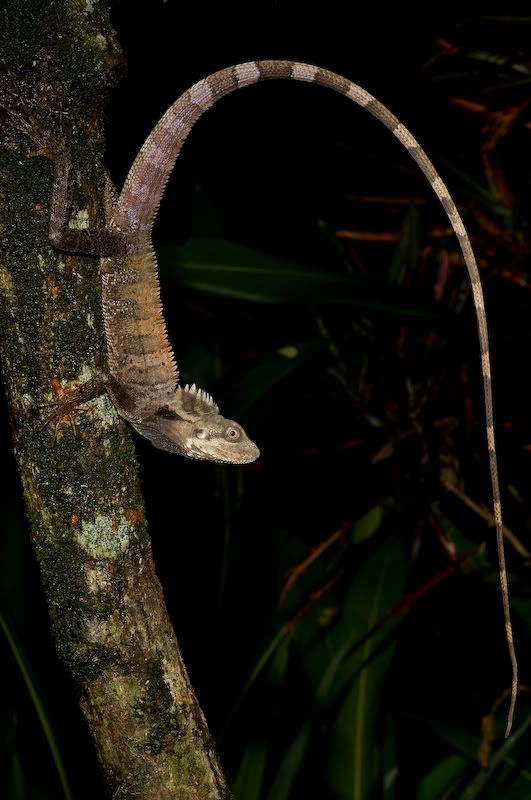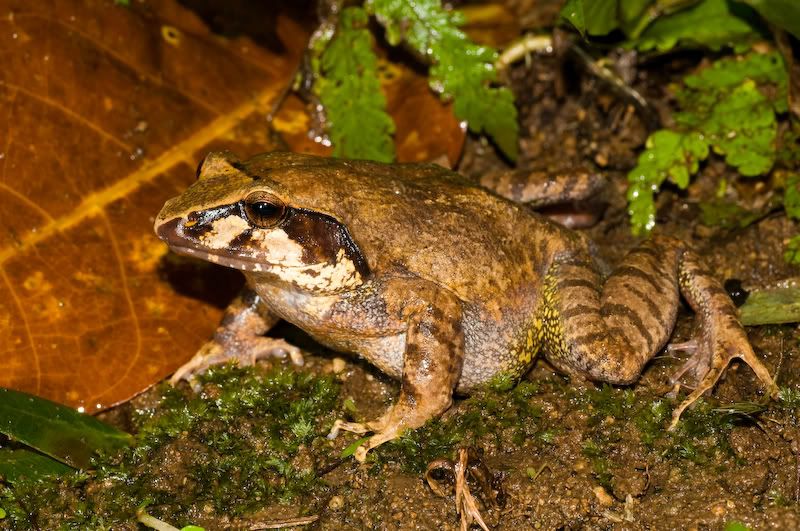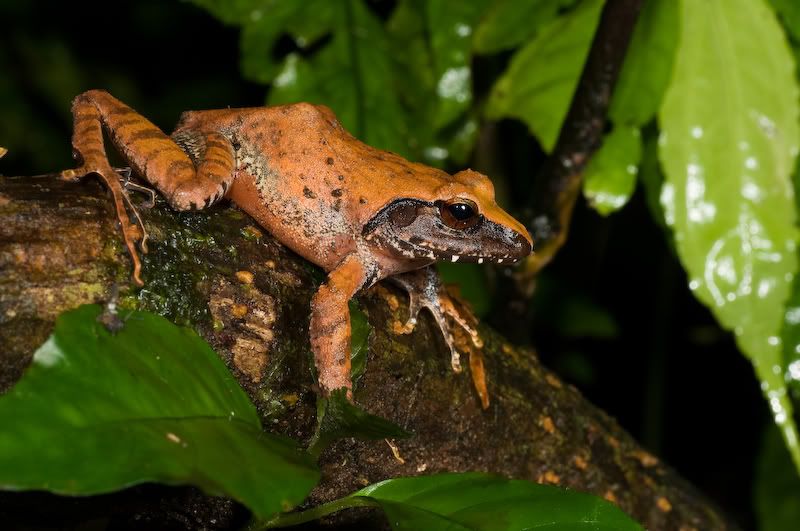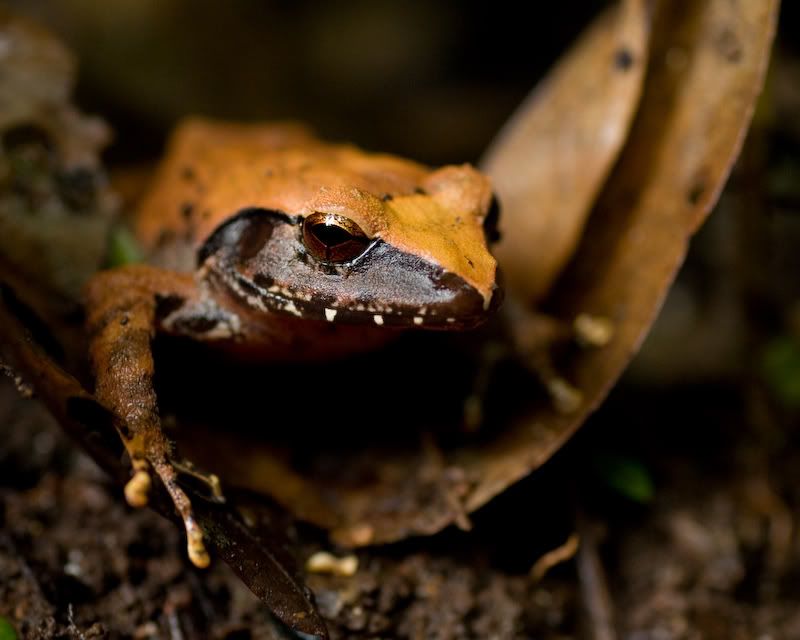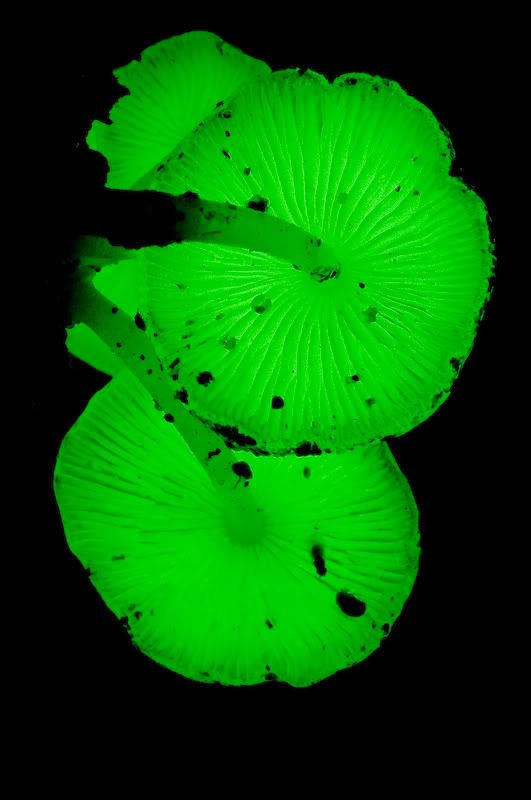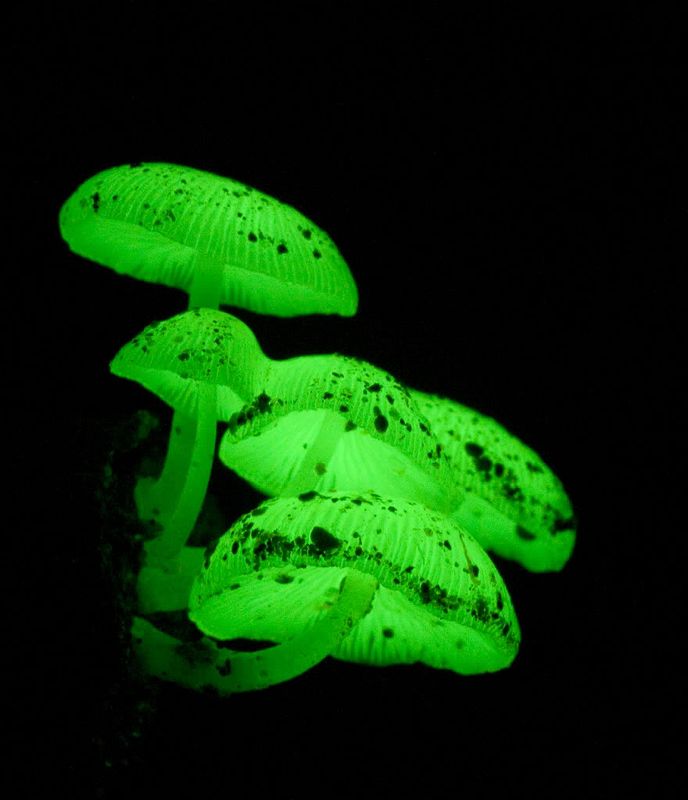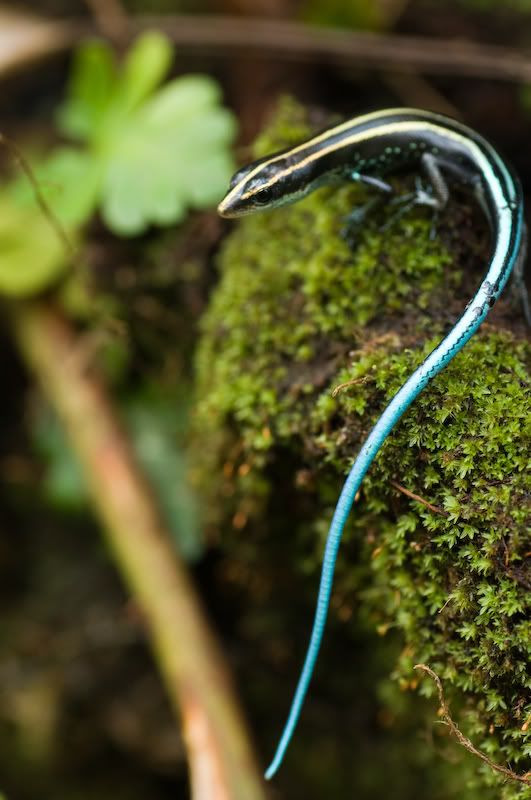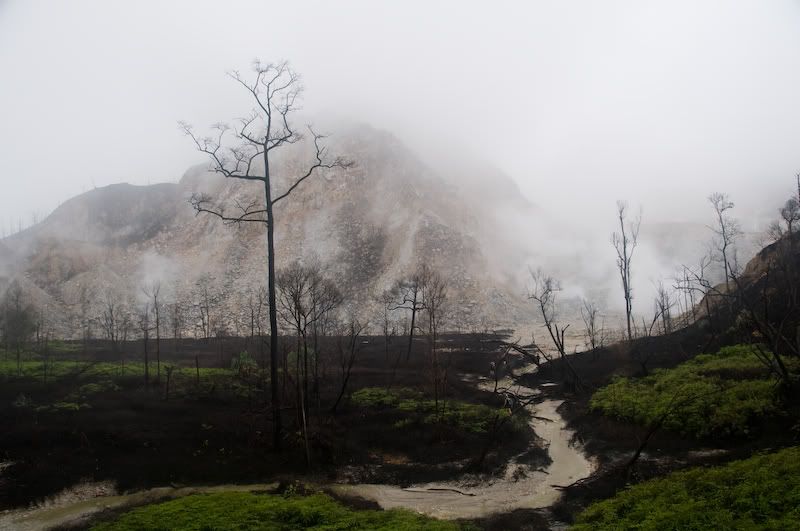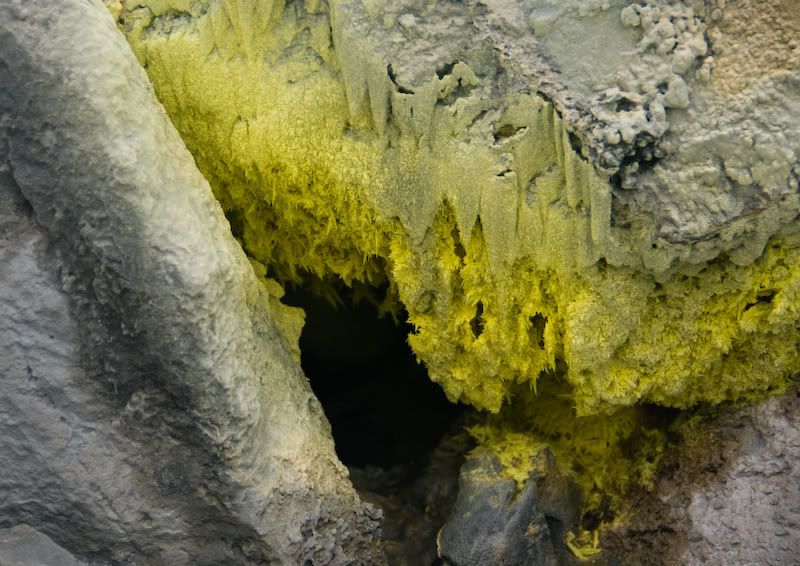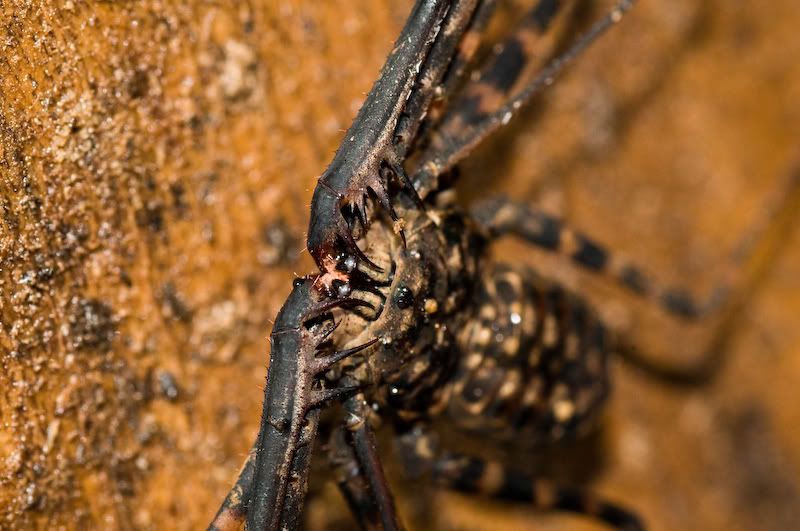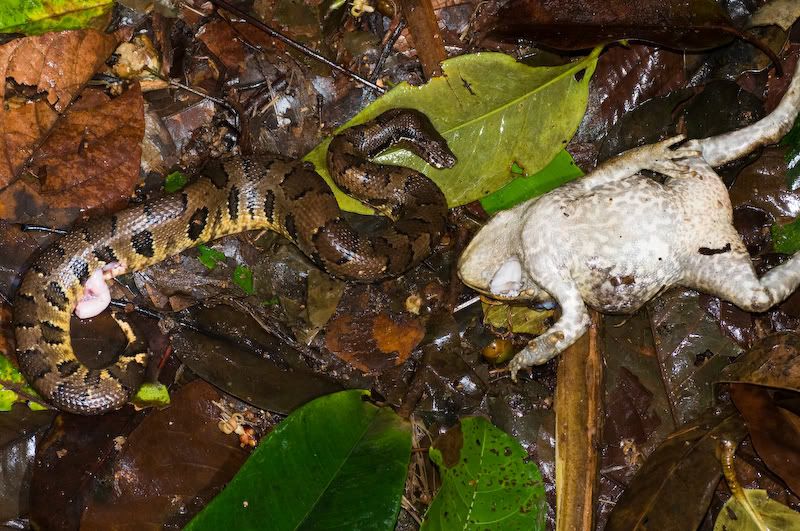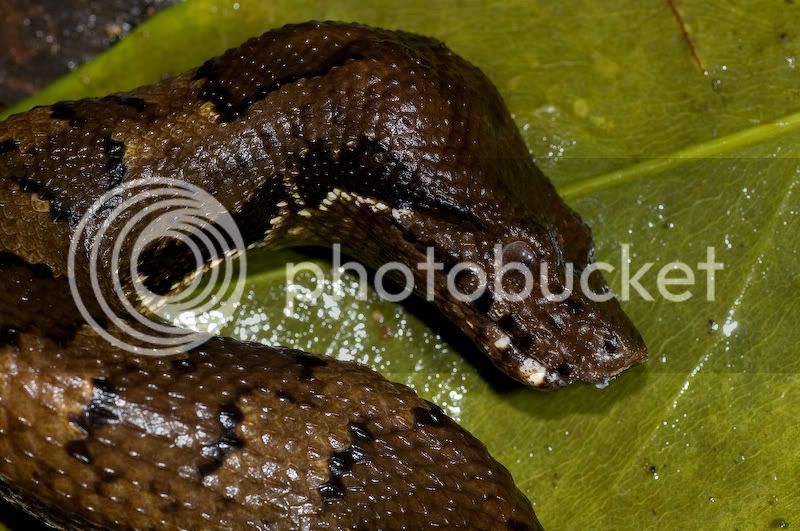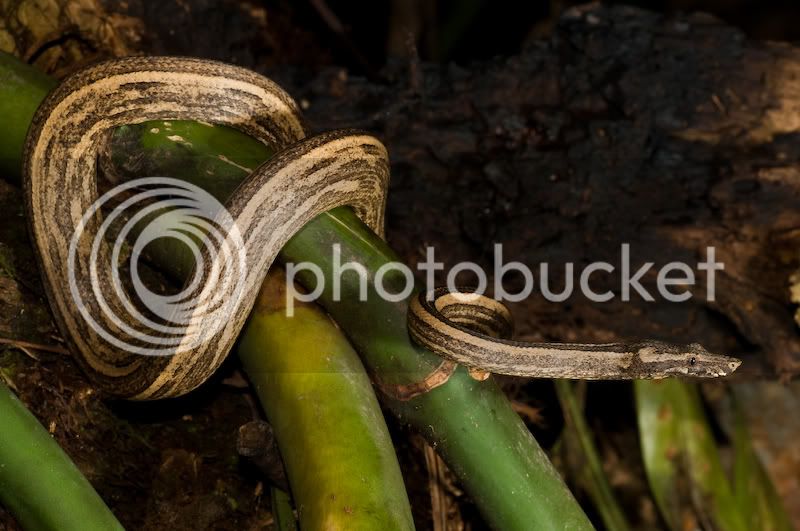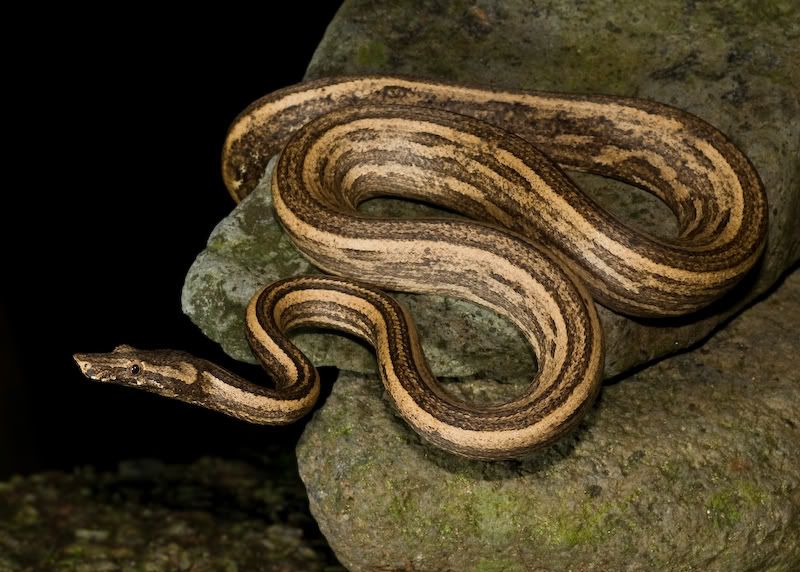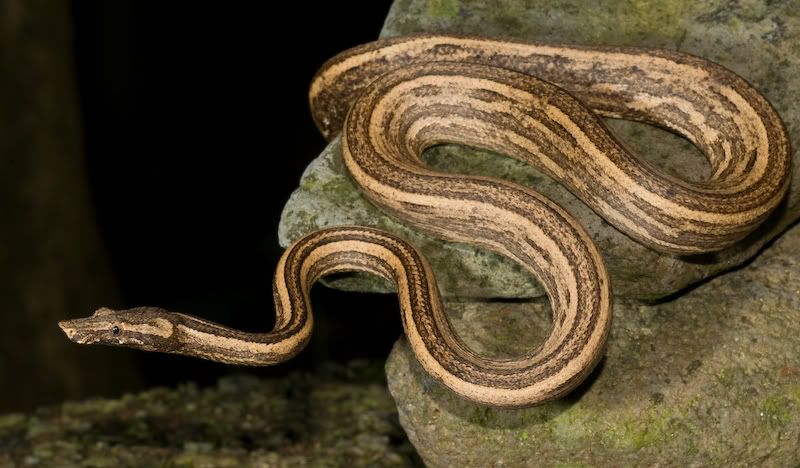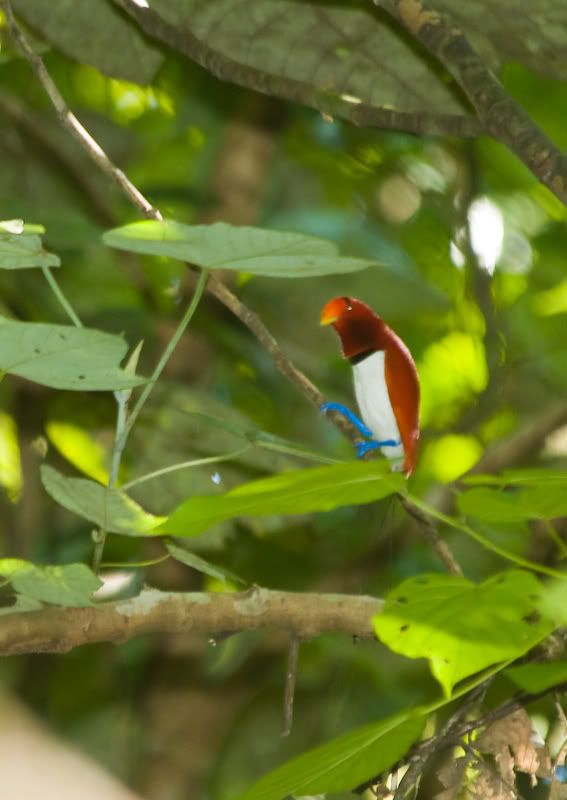Nephrurus
Very Well-Known Member
In January this year I went back to PNG to spend a month in West New Britain compiling a some bird lists for several sites around the Walindi Plantation Resort. The idea was I (and my friends) recieved food and board at the resort in exchange for alot of bird survey work. Easier said than done as the only time we could all go was during the wet season (uni/work commitments are very annoying).
I'd never experienced such powerful, unremitting rain in my life (I've been in the Kimberley in the wet season). Fortunately the rain broke for several hours a day and during this time bird activity was frantic. At the end of it all we managed to get some good data and hope to publish our results (eventually).
It wasn't all fun though. Although I managed to get in some time snorkelling out on the reef in Kimbe Bay and climb a volcano, I spent a week taking care of my girlfriend who had managed to get Malaria, both Plasmodium falciparum and vivax despite taking anti-malarials. She's 100% now, and it appears that being treated in PNG was a far better option than back in Aus. Over there it's treated sucessfully everyday and doctors know what works.
On top of all that the 100% humidity meant that a patch of mould grew inside my tele-zoom camera lens and the constant hazy atmosphere meant that every photo I took had an ethereal, misty quality about it. I couldn't get out at night to any decent areas so my herping exploits were severly limited. I managed to find a few critters though and got some nice bird shots. Skinks were difficult to catch and even harder to pose so when I had time to photograph things I could hardly be bothered.
Here are a few of the photos.
The Bismarcks are a centre of endemism for Bats, pigeons, parrots, kingfishers and frogs.
This is a relatively common species, the bismarck flying-fox Pteropus capistratus that is endemic to the Bismarck Archipelago.
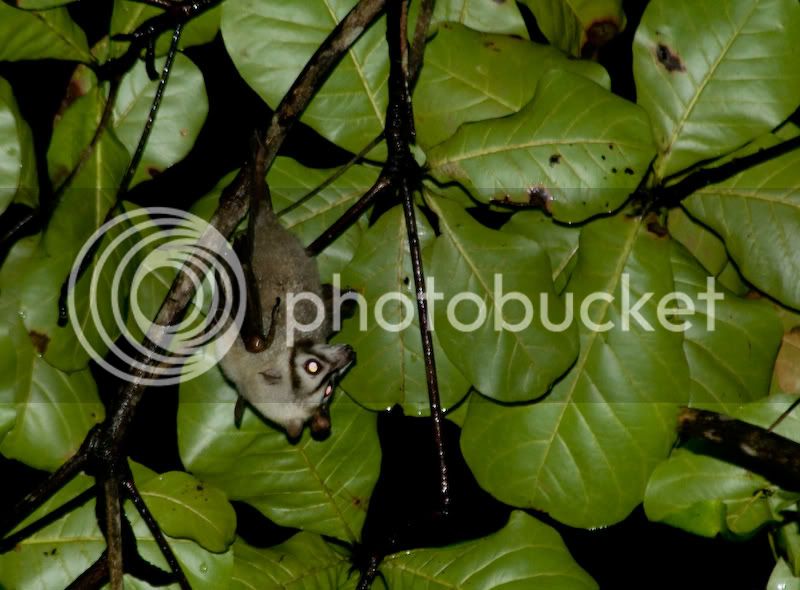
Island tube-nosed bat Nyctimene major were also common. Their high pitched calls were often heard at night.
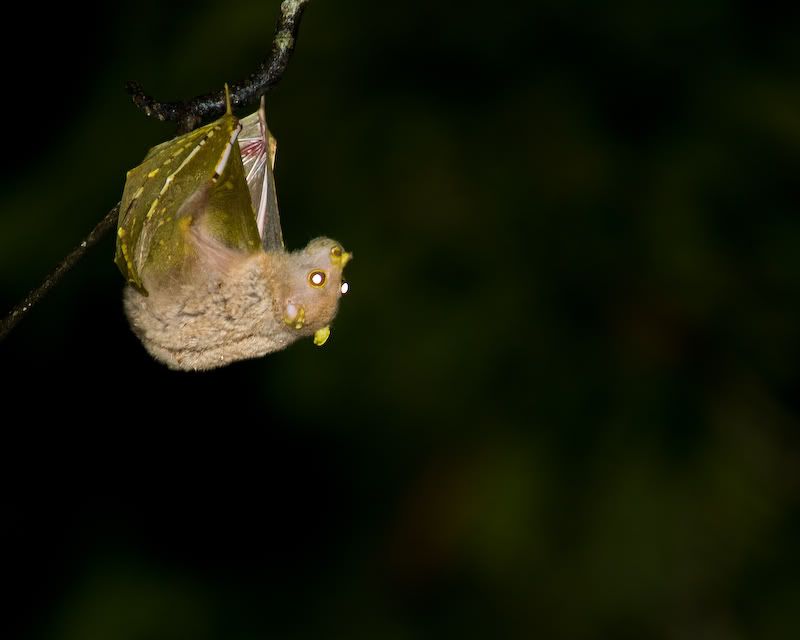
Another endemic bat, this is a cave dwelling species: Andersen's Bare-backed fruit bat Dobsonia anderseni. They are distinguished by it's white claws.

I'd never experienced such powerful, unremitting rain in my life (I've been in the Kimberley in the wet season). Fortunately the rain broke for several hours a day and during this time bird activity was frantic. At the end of it all we managed to get some good data and hope to publish our results (eventually).
It wasn't all fun though. Although I managed to get in some time snorkelling out on the reef in Kimbe Bay and climb a volcano, I spent a week taking care of my girlfriend who had managed to get Malaria, both Plasmodium falciparum and vivax despite taking anti-malarials. She's 100% now, and it appears that being treated in PNG was a far better option than back in Aus. Over there it's treated sucessfully everyday and doctors know what works.
On top of all that the 100% humidity meant that a patch of mould grew inside my tele-zoom camera lens and the constant hazy atmosphere meant that every photo I took had an ethereal, misty quality about it. I couldn't get out at night to any decent areas so my herping exploits were severly limited. I managed to find a few critters though and got some nice bird shots. Skinks were difficult to catch and even harder to pose so when I had time to photograph things I could hardly be bothered.
Here are a few of the photos.
The Bismarcks are a centre of endemism for Bats, pigeons, parrots, kingfishers and frogs.
This is a relatively common species, the bismarck flying-fox Pteropus capistratus that is endemic to the Bismarck Archipelago.

Island tube-nosed bat Nyctimene major were also common. Their high pitched calls were often heard at night.

Another endemic bat, this is a cave dwelling species: Andersen's Bare-backed fruit bat Dobsonia anderseni. They are distinguished by it's white claws.





